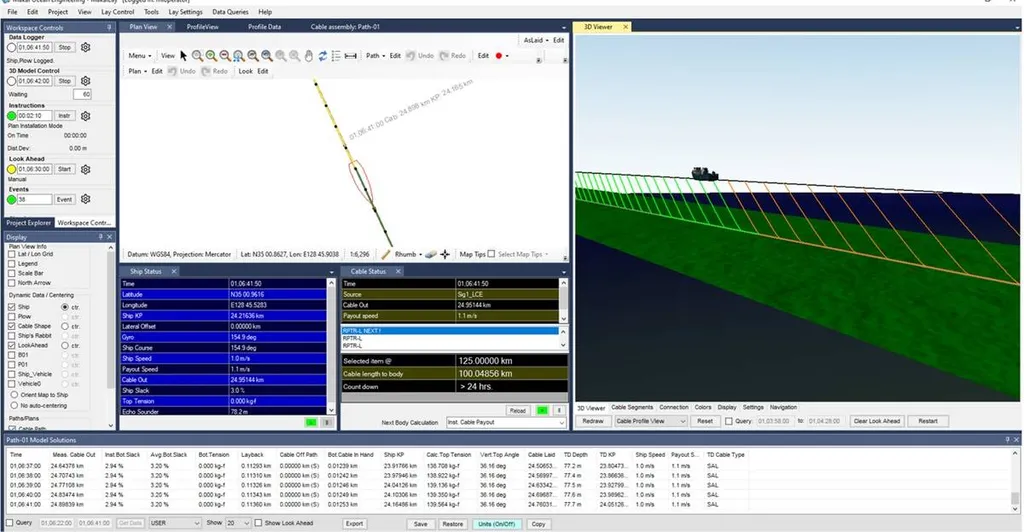Makai Ocean Engineering has just dropped the Makai Simulator, a game-changer for submarine cable installers. This isn’t just another tool—it’s a full-blown training environment that lets operators prep for real-world challenges without ever leaving the office. Developed with input from Alcatel Submarine Networks (ASN), the Simulator is designed to bridge the gap between theory and practice, offering a safe, realistic, and cost-effective way to build hands-on experience with offshore cable installation workflows.
The global demand for subsea infrastructure is skyrocketing, fueled by the expansion of internet connectivity, offshore renewable energy projects, and defense needs. This surge creates a pressing need to deploy cable systems faster, more reliably, and with a shrinking pool of experienced personnel. Traditional onboard training is becoming increasingly impractical—it’s expensive, time-limited, and often conflicts with ongoing projects. The Makai Simulator steps in to address these challenges head-on.
The Simulator replicates real-world conditions with stunning accuracy, from the behavior of cable engines and plough systems to vessel dynamics. This level of detail gives operators the experience and confidence they need to perform at sea. The system includes two fully integrated components: the Vessel Simulator and the Training Simulator. The Vessel Simulator generates live ship positioning, plough parameters, and cable engine data in real-time, while the Training Simulator is a desktop version of MakaiLay that interacts with the vessel data just as it would during an actual at-sea operation. Together, they enable immersive training sessions for both individual operators and teams.
The Makai Simulator supports a variety of flexible training modes. Instructor-led sessions allow trainees to operate MakaiLay while the instructor controls the vessel. Alternatively, scenarios can be set up where Dynamic Positioning (DP) and Lay Control Engine (LCE) operators are trained using MakaiLay outputs. Operators can also run through fully self-guided sessions or use pre-defined vessel paths to rehearse specific control roles. Multi-user simulations are supported, enabling team-based coordination or even competitive exercises between operators.
This flexibility allows the simulator to support a wide range of real-world scenarios. From routine operations like lay start/stop and course alterations to contingency training for cable engine failure, plough issues, or DP loss, the Simulator covers it all. It can also be used to rehearse specific upcoming projects, helping teams reduce risk, improve coordination, and fine-tune installation procedures in advance.
Early adopters like ASN have already integrated the Simulator into their internal training workflows, providing valuable feedback to ensure it aligns with practical needs in the field. The Simulator also offers tools to explore auxiliary MakaiLay features, such as reporting and as-Laid path generation, giving users not just technical proficiency but also the operational awareness needed to perform in high-pressure offshore environments.
The Makai Simulator is now available as a separate product for commercial and government users. As the demand for subsea infrastructure continues to grow, tools like the Makai Simulator will be crucial in ensuring that operators are well-prepared to meet the challenges of offshore cable installation. This innovation could very well set the standard for training in the maritime industry, shaping the future of how we prepare our teams for the high-stakes world of subsea operations.

